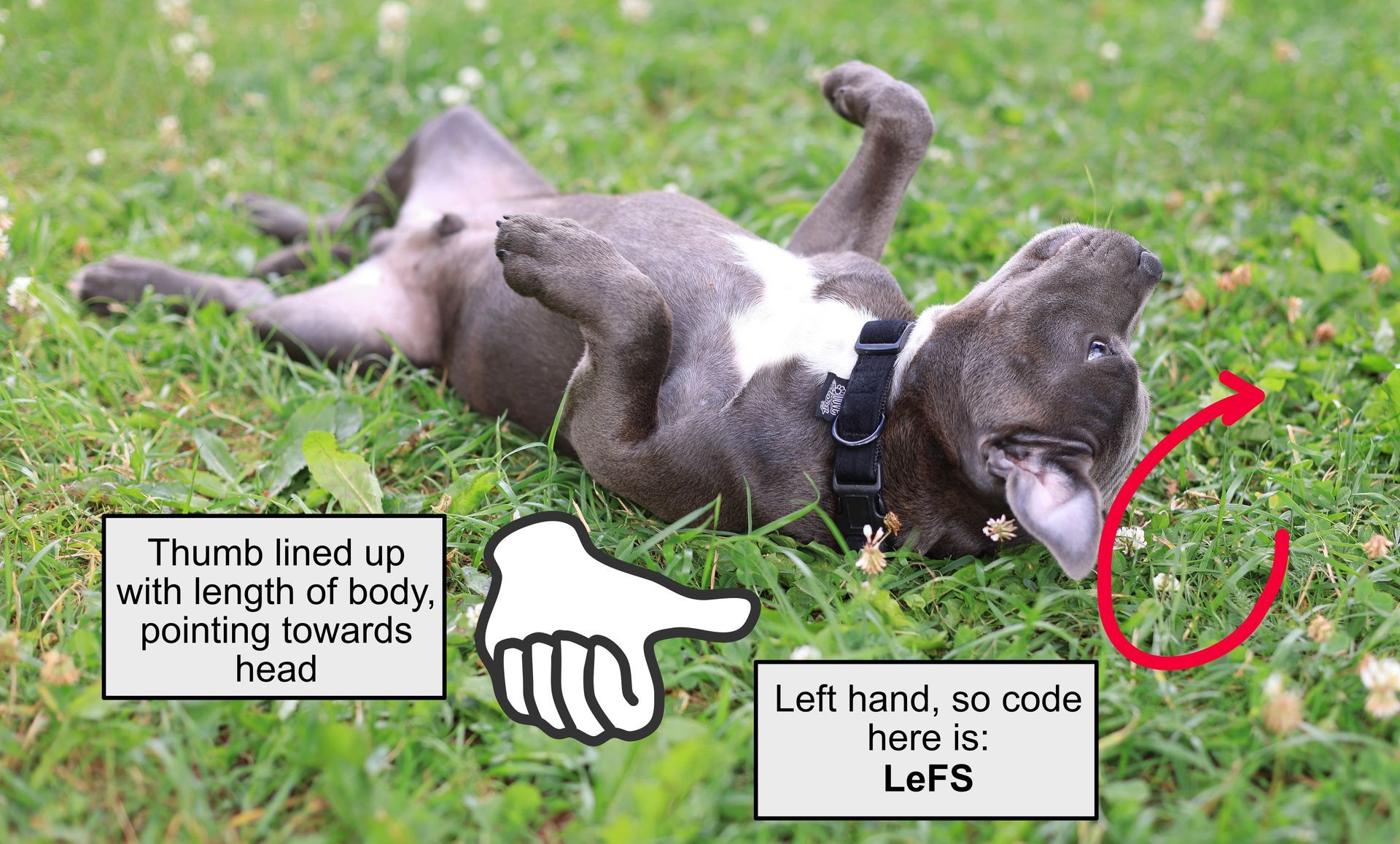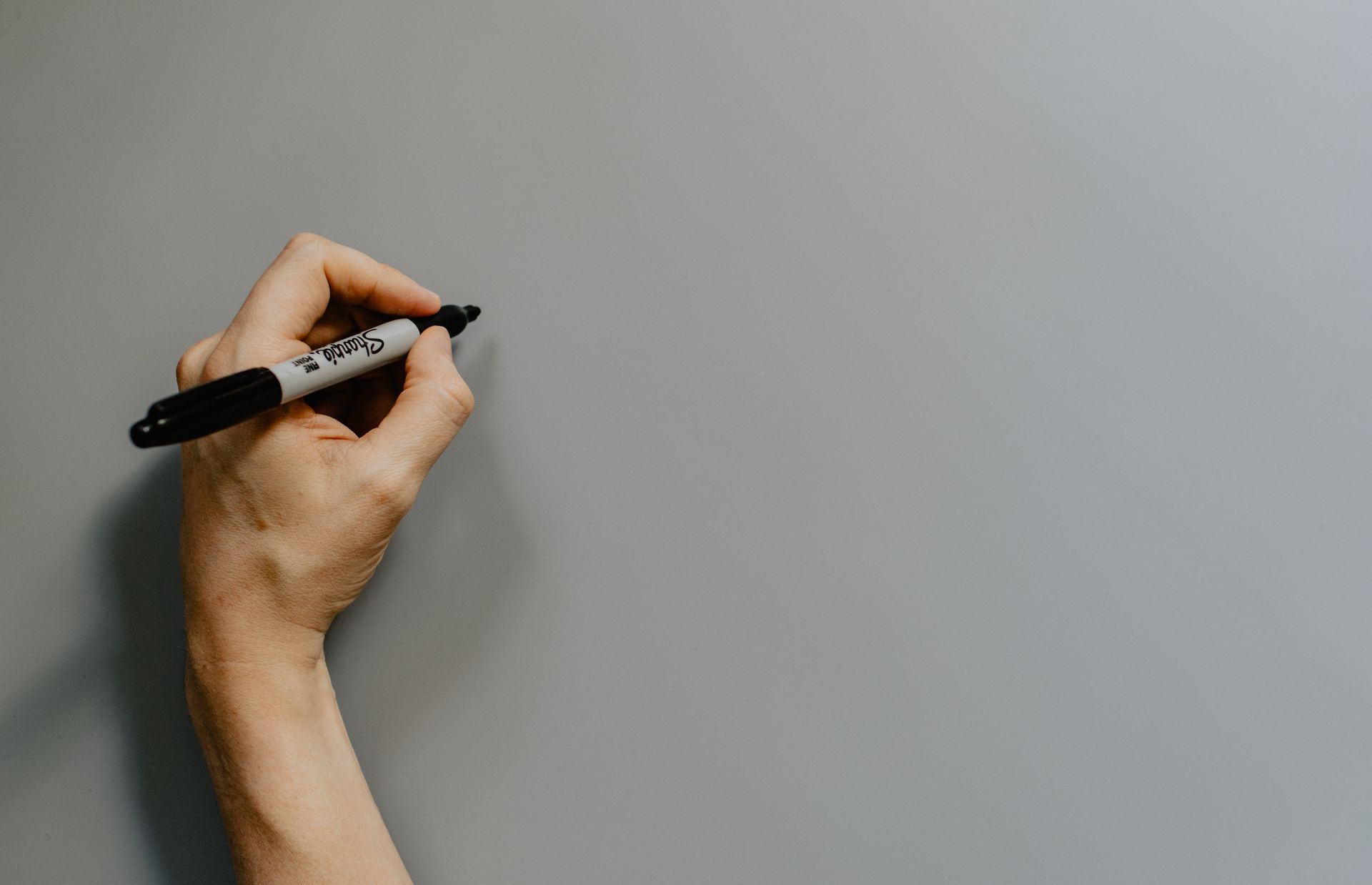Left-Handedness
Being a left-handed person has never been easy. The stigmatism of having a left dominant hand is even anchored in human language.
The word "left" in Italian is "sinistra", a word from the 15th century with roots going back to the Latin "sinister". It was used in the sense of "dishonest, unlucky, unfavorable", and left-handed people were accused of practicing witchcraft. We may have heard people being described as "gauche", or "left" in French, to refer to their awkwardness. The term "southpaw" is occasionally used endearingly to refer to a left-handed person, although it is sometimes considered stigmatizing.
As far as daily life, we can all imagine (or experience) the difficulty of using one's left hand to turn the knob of a regular manual can opener. Or reading the upside-down numbers on a tape measure. Or doing one's best to squeeze pruning shears in a way that would make them work. Or constantly smudging the ink with one's hypothenar while writing (that's the fleshy part of the palm at the base of the little finger). Or raising a left-handed child as a right-handed person. Or holding one's cards for a bridge game. And the list goes on...
It could be argued that left-handed people, because of having to adjust to a right-handed world, may have learned more skills than right-handed people: resilience, adaptability, resourcefulness, etc. Some left-handed people are so successful at training themselves to use their right hand that they could be considered close to being ambidextrous.
It is currently still difficult to determine the exact percentage of the human population that is either. Estimates are that between 10% and 18% of humans are left-handed, but the measurement scale commonly used to assess hand dominance, the Edinburgh Handedness Inventory (EHI), developed in 1971, contains questions that may be outdated or irrelevant. For example, the original EHI assessed the hand used to light a match. Add to that the difficulty for accounting for the ability of some left-handed people to be able to use their right hand as the dominant hand for certain activities. And the tradition of forcing young left-handers to use their right hand, and we can see why it's difficult to arrive at an accurate percentage.
It is hypothesized that left-handed people who play interactive sports (tennis, baseball, martial arts, fencing, etc.) may have an advantage because right-handed opponents don't expect left-handed moves. However, such an advantage would diminish as the person rises to the top of their sport and competes against other left-handed people who might have risen in the same way.
Other myths, though persistent, have been studied and refuted. Examples include:
- Left-handed people are not necessarily diagnosed with a large number of diseases, from autoimmune disease to psychiatric disorders.
- Left-handed people do not die seven or nine years younger than right-handed people.
- Left-handed people aren't more likely to stammer than right-handed people.
What causes left-handedness?
Scientists have speculated on a number of causes (examples include birth complications, the use of ultrasound during pregnancy, high levels of testosterone in the foetus, etc.) but none have been proven to be the cause. However, observations of which thumb a second- or third-trimester foetus sucks on predicts whether the child will be left- or right-handed, so scientists postulate that handedness is likely set before birth, possibly by the brain or by our genes.
To date, scientists have been unable to find a simplified theory that works. It was postulated that the left side of the brain controls both language processing and writing with the right hand because it is more efficient (same side of the brain). But brain hemisphere activity as shown on magnetic resonance imaging (MRI) has disproved that theory, when it could be seen that most left-handed people also process language with the left side of their brain.
Similarly, with DNA (gene) studies, scientists have found at least 41 spots in DNA that are associated with handedness. It turns out that handedness, like asthma and height, is a polygenic trait, which means that many genes each make a small contribution.
The research continues as it doesn't seem that there is a single cause for handedness.

What about the animal world?
It is interesting that while studying lateralization (the idea of asymmetrical brain function, that the two sides of the brain do not do the same things) in dolphins, some scientists discovered that it was necessary to go back to basics and better define body movement. (See the Scientific American link in the References list below.)
To get a feel for needing a better definition, try the following:
1. Stand up and spin "right".
2. Lie down, face-down on the floor and roll "right".
For the upright case, most people would turn so that their right shoulder moved towards their back. While lying down, most people would turn so that their right shoulder would move towards their chest. Thus, most people would make the exact opposite rotation!
The scientists who observed this because they couldn't come to agreement on this point came up with a system inspired by the "right-hand rule" of electromagnetism. According to that rule, if you point your right thumb in the direction in which an electric current flows through a wire (A above), the curve of your fingers shows you the direction of the magnetic field flowing around that wire (B above).
They adopted the general outline of this schematic model to create the right-fingered spin (RiFS) versus the left-fingered spin (LeFS) coding system. Thus, when the researcher's thumb is oriented along the animal's long axis, pointed toward its head, the curled fingers of the relevant hand describe the direction of the rotation.

There haven't been any definitive conclusions with animal handedness studies, but it's fascinating that scientific progress can be made in so many different ways -- sometimes it's a new discovery and sometimes it's a new way of looking at the same thing!
References and Resources:
- Online Etymology Dictionary -
https://www.etymonline.com/word/sinister
- Time magazine on how lefties first gained acceptance -
https://time.com/3978951/lefties-history/
- McGill University on science and left-handedness -
https://www.mcgill.ca/oss/article/health-general-science/are-you-left-handed-science-still-yearns-know-why
- Victoria, Australia government on left-handedness - https://www.betterhealth.vic.gov.au/health/healthyliving/left-handedness#the-development-of-preferred-handedness
- Scientific Reports on A large-scale population study of early life factors influencing left-handedness - https://www.nature.com/articles/s41598-018-37423-8
- National Library of Medicine - Understanding Left-Handedness - on the current state of knowledge concerning the development of motor lateralization with reference to left-handedness - https://www.ncbi.nlm.nih.gov/pmc/articles/PMC3258574/
- National Library of Medicine - Is handedness related to health status? -
https://www.ncbi.nlm.nih.gov/pmc/articles/PMC3345498/
- Scientific American - Are dolphins right-handed or left-handed? -
https://www.scientificamerican.com/article/are-dolphins-right-handed-or-left-handed/






